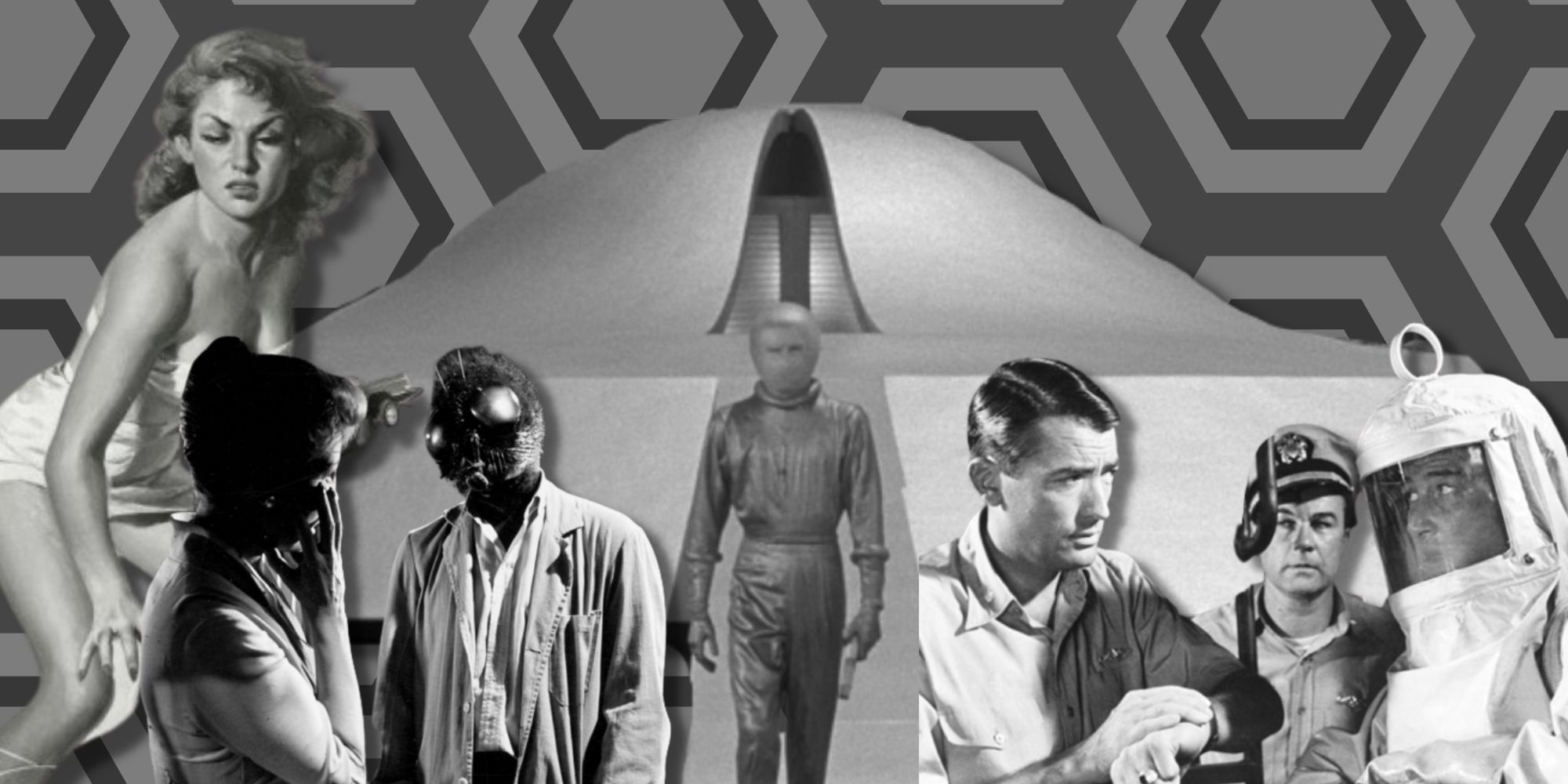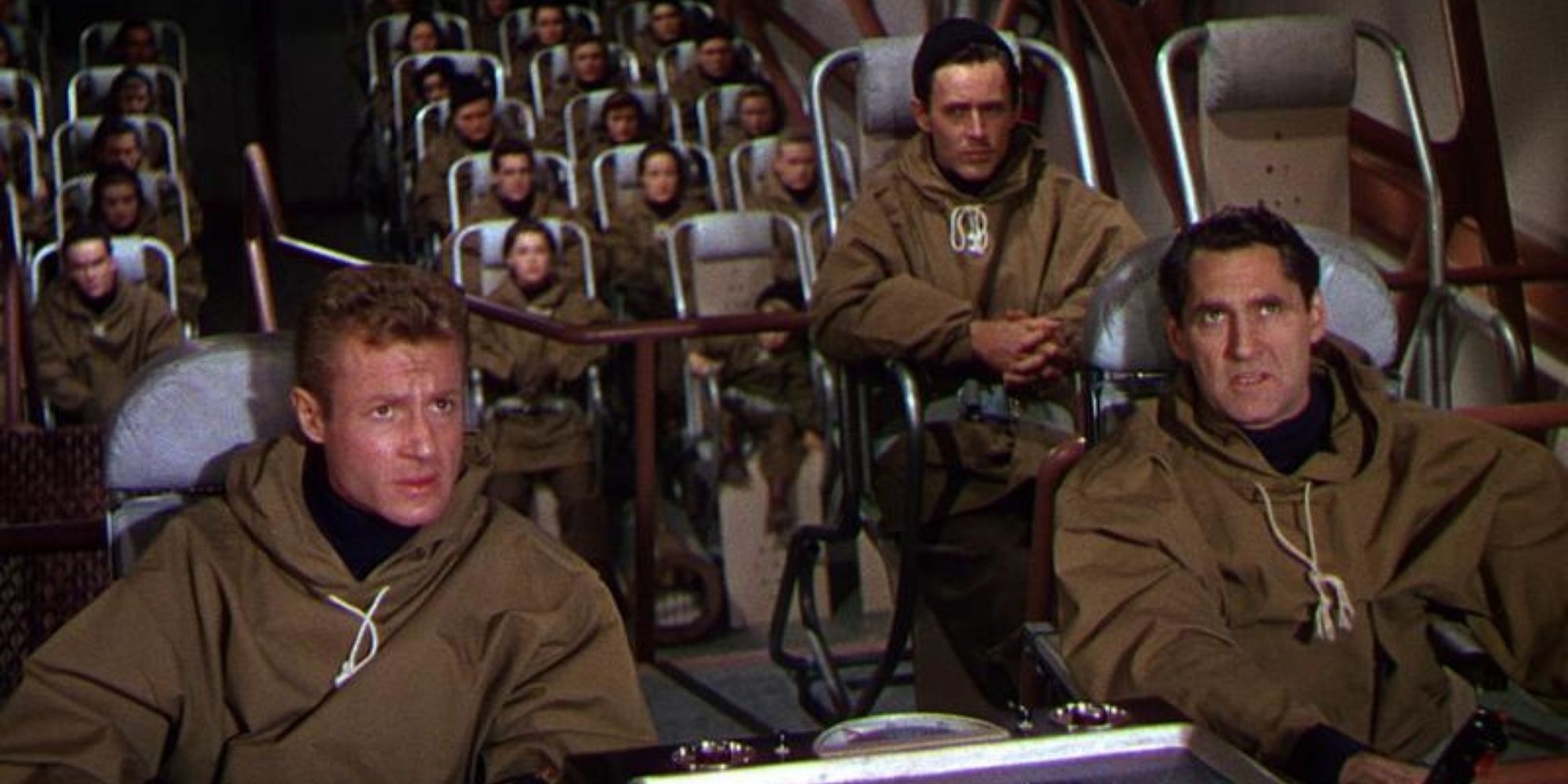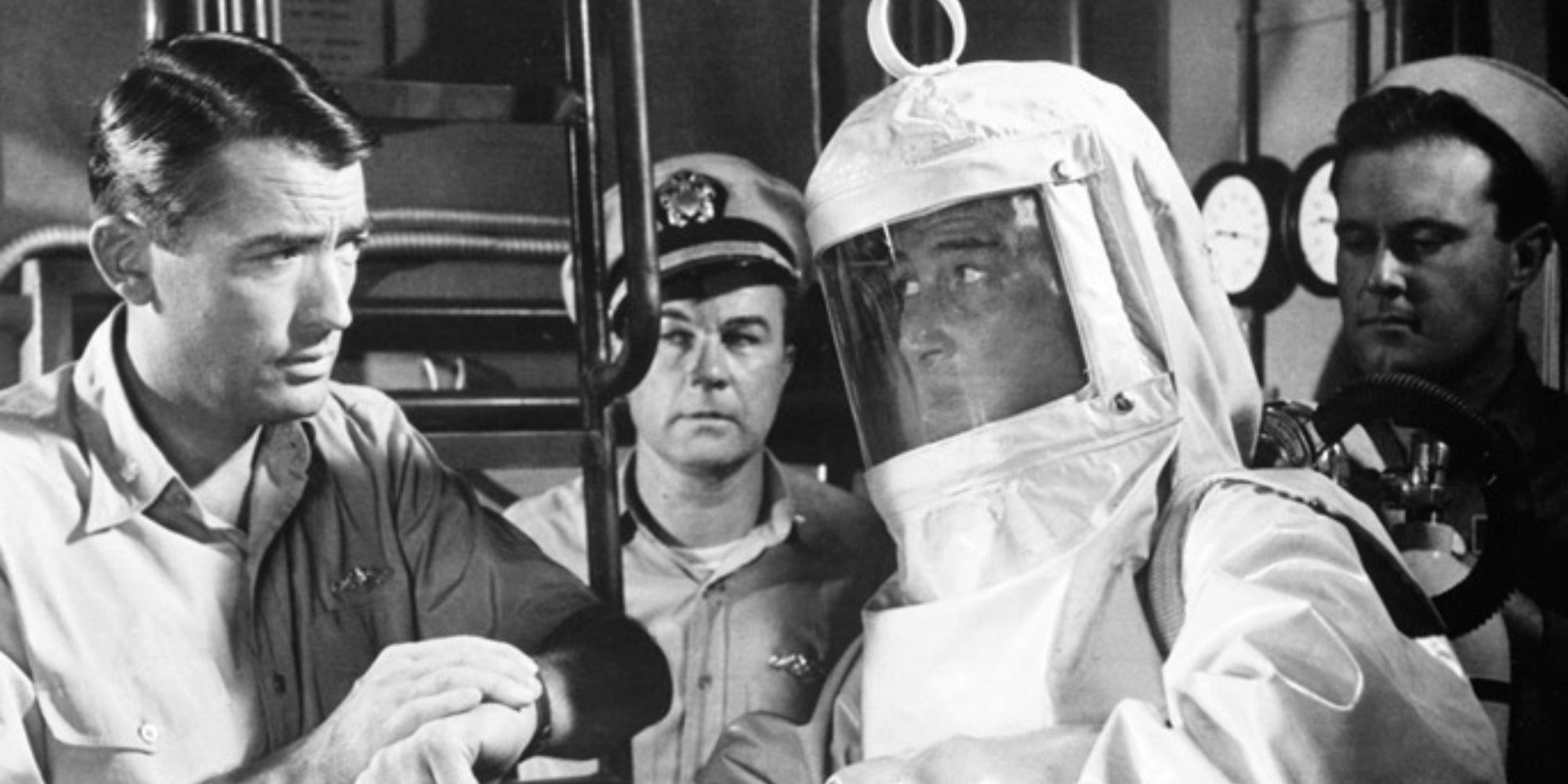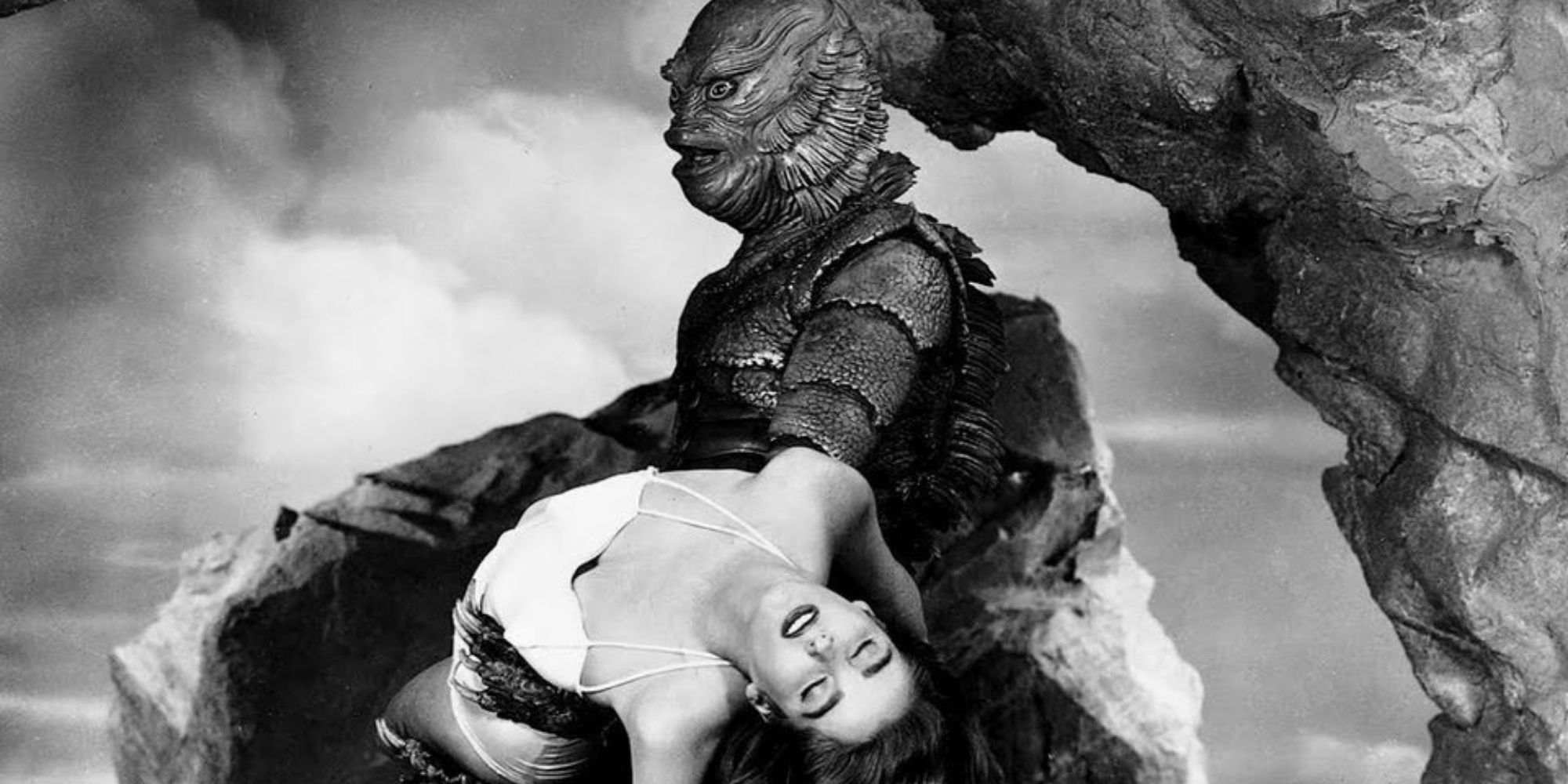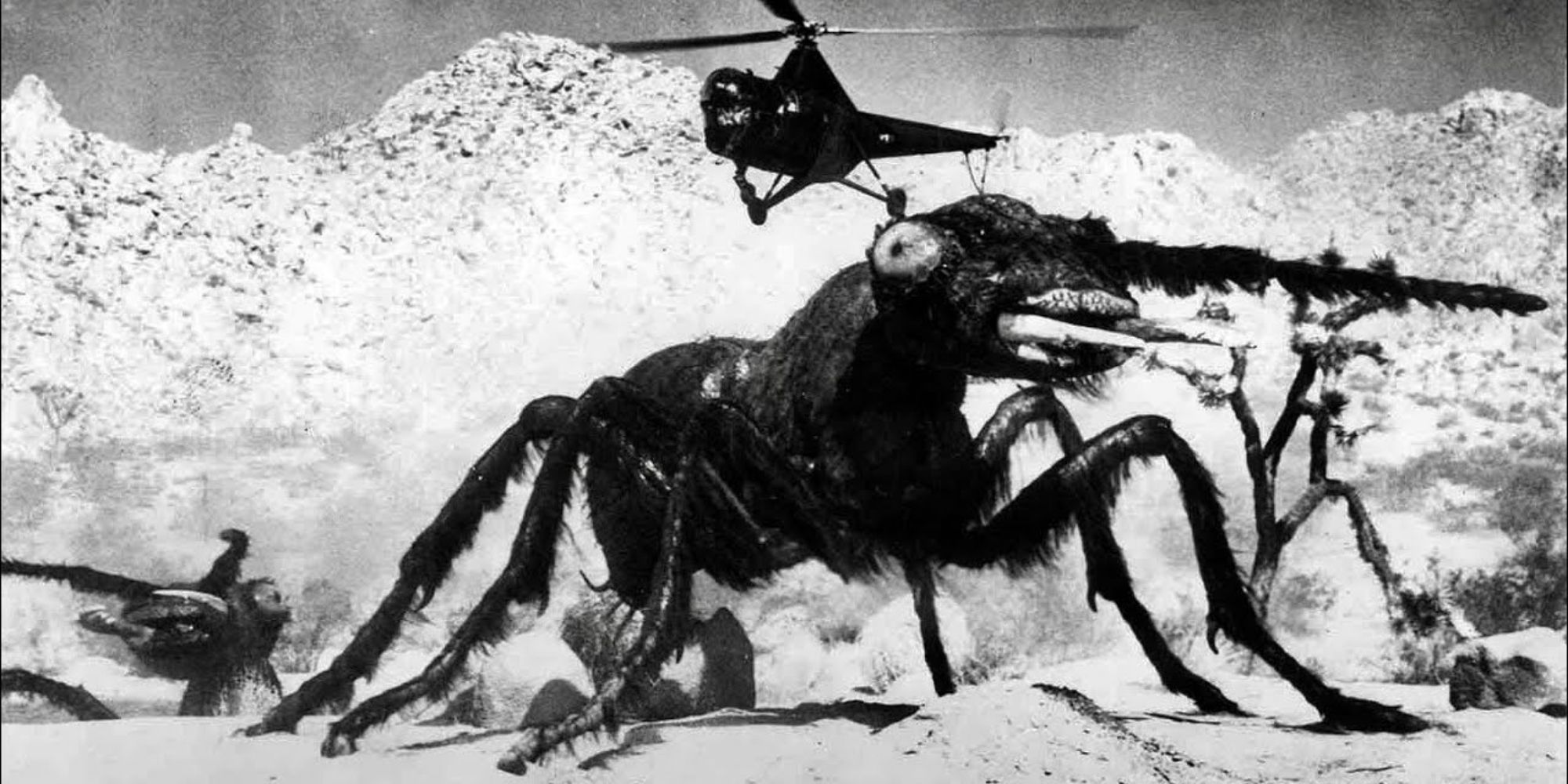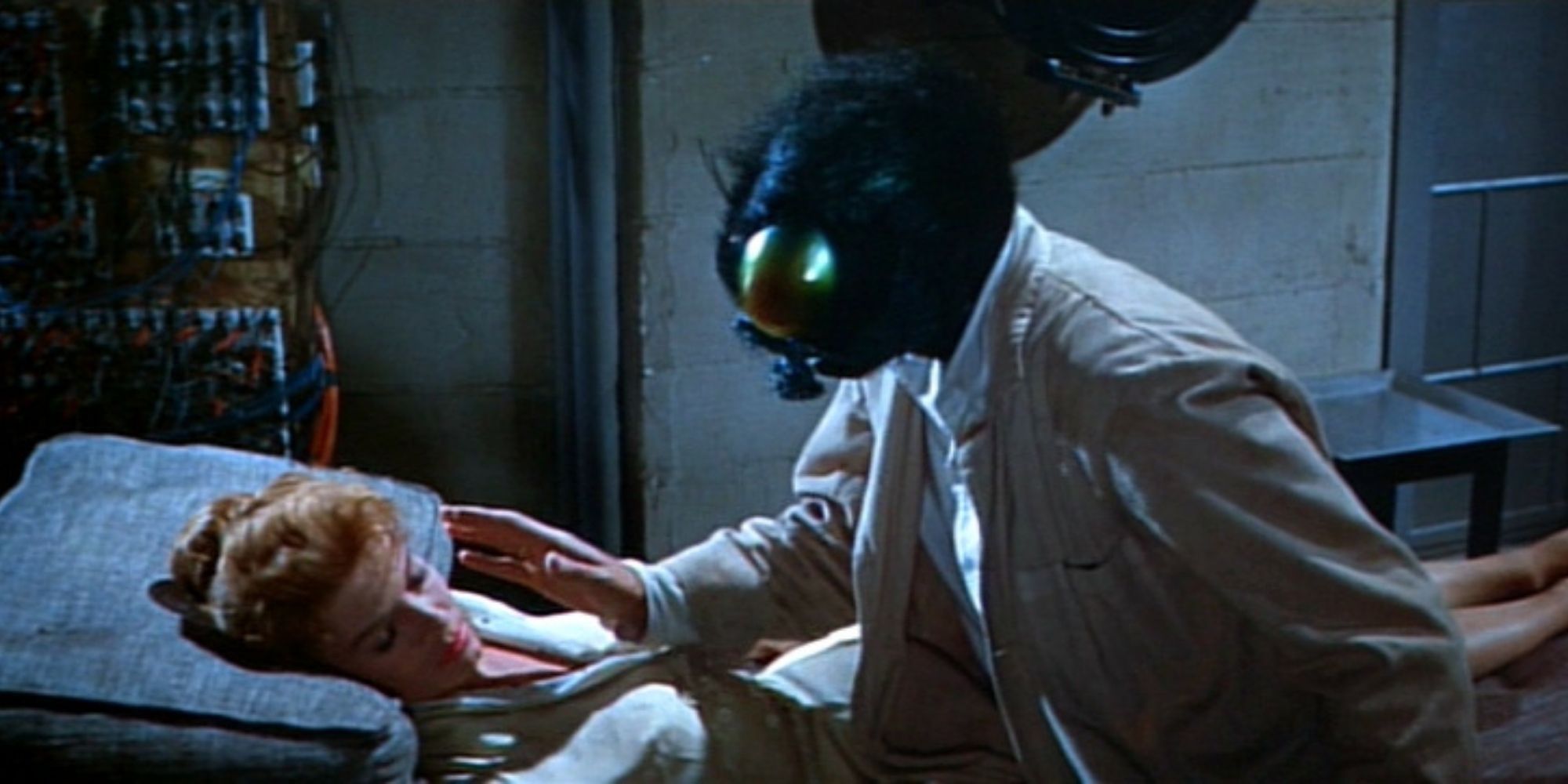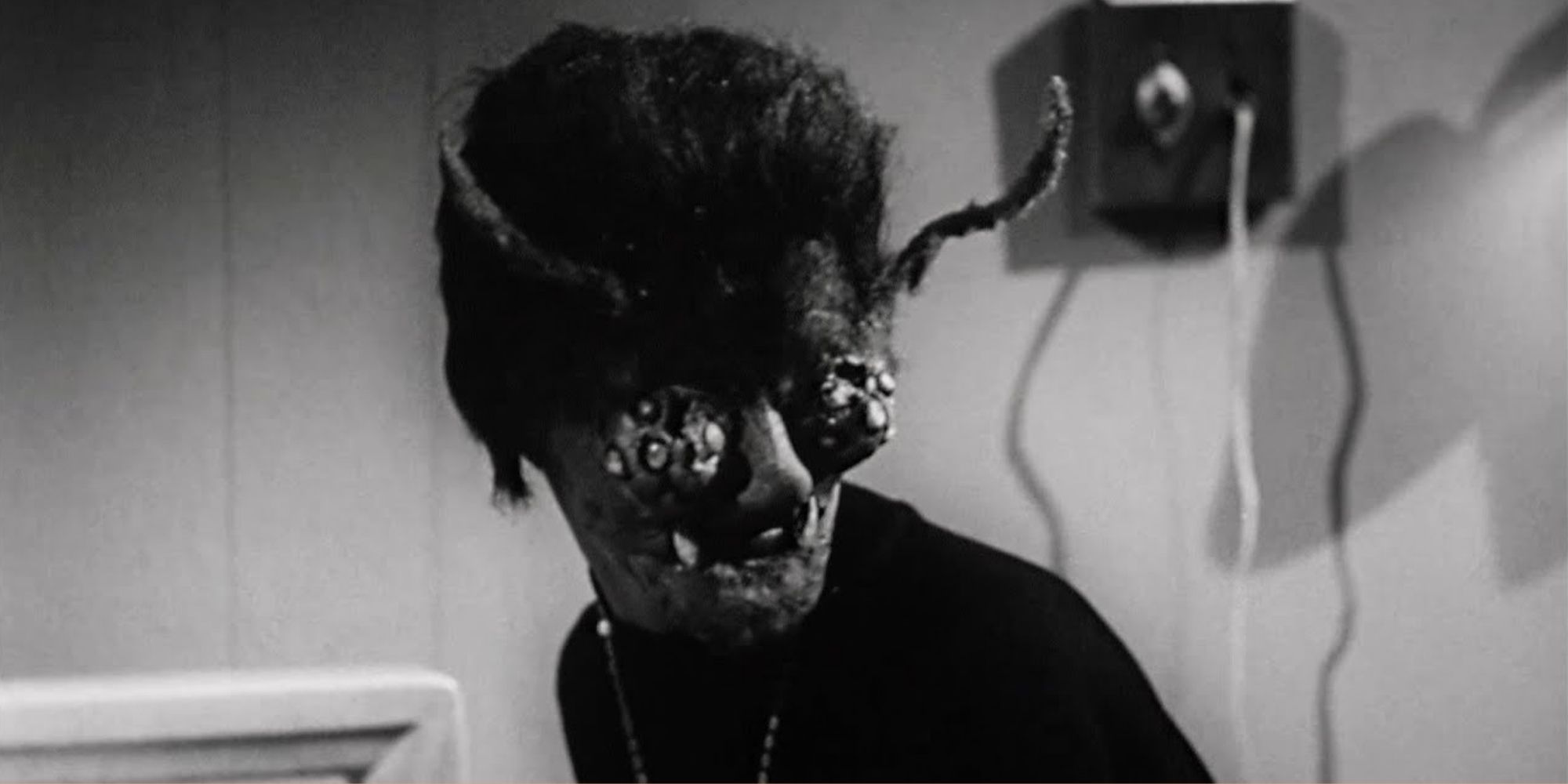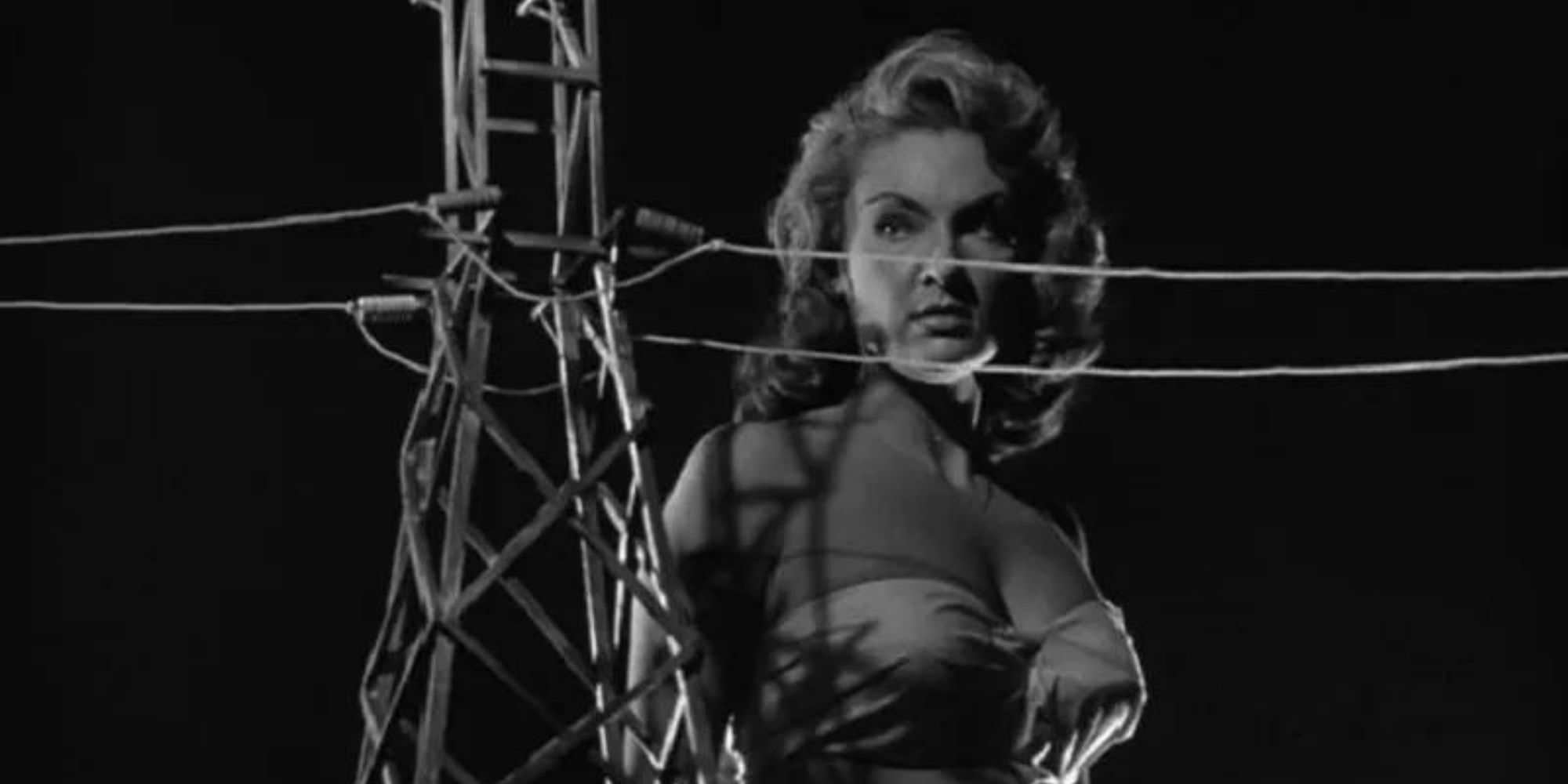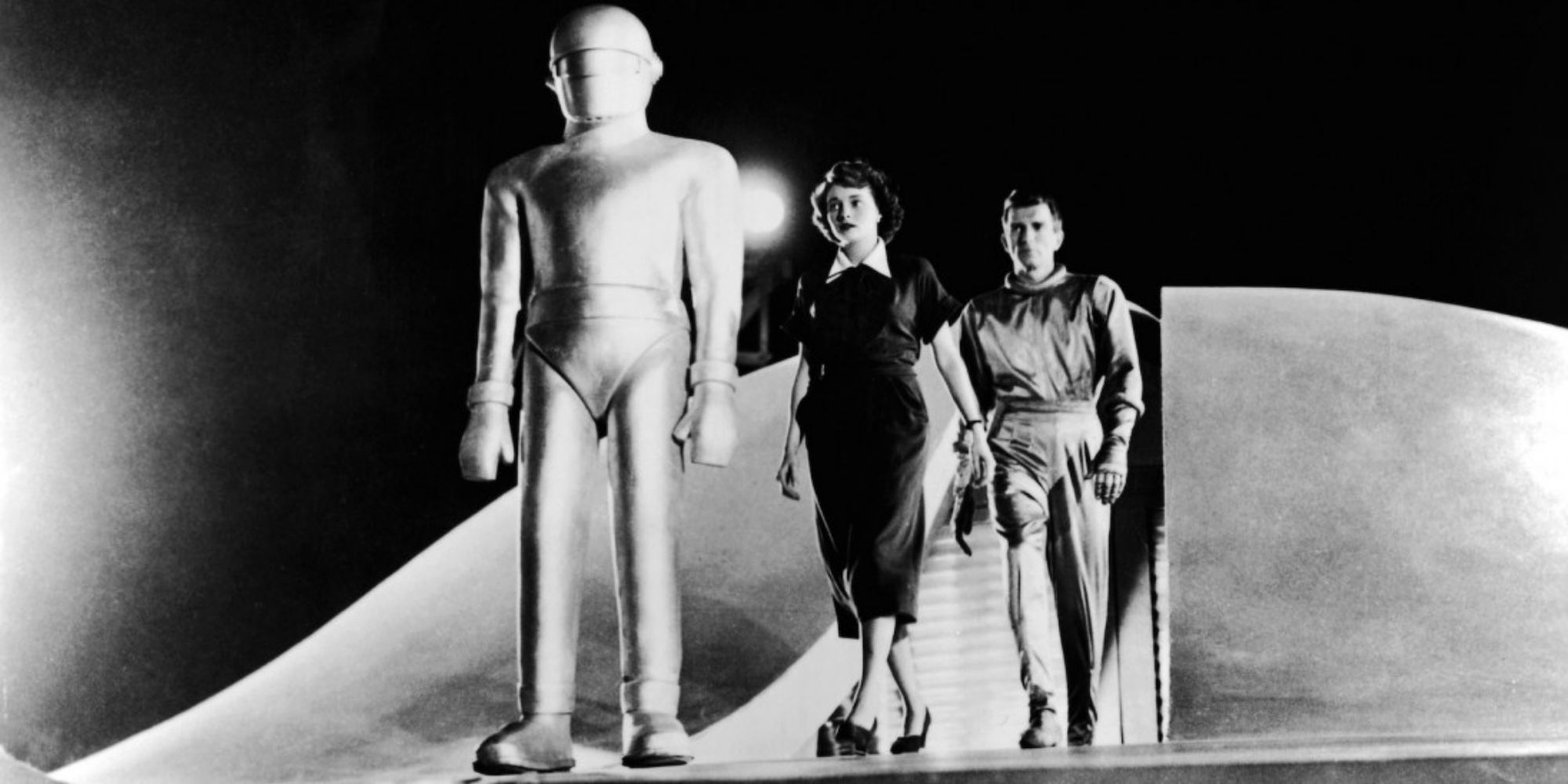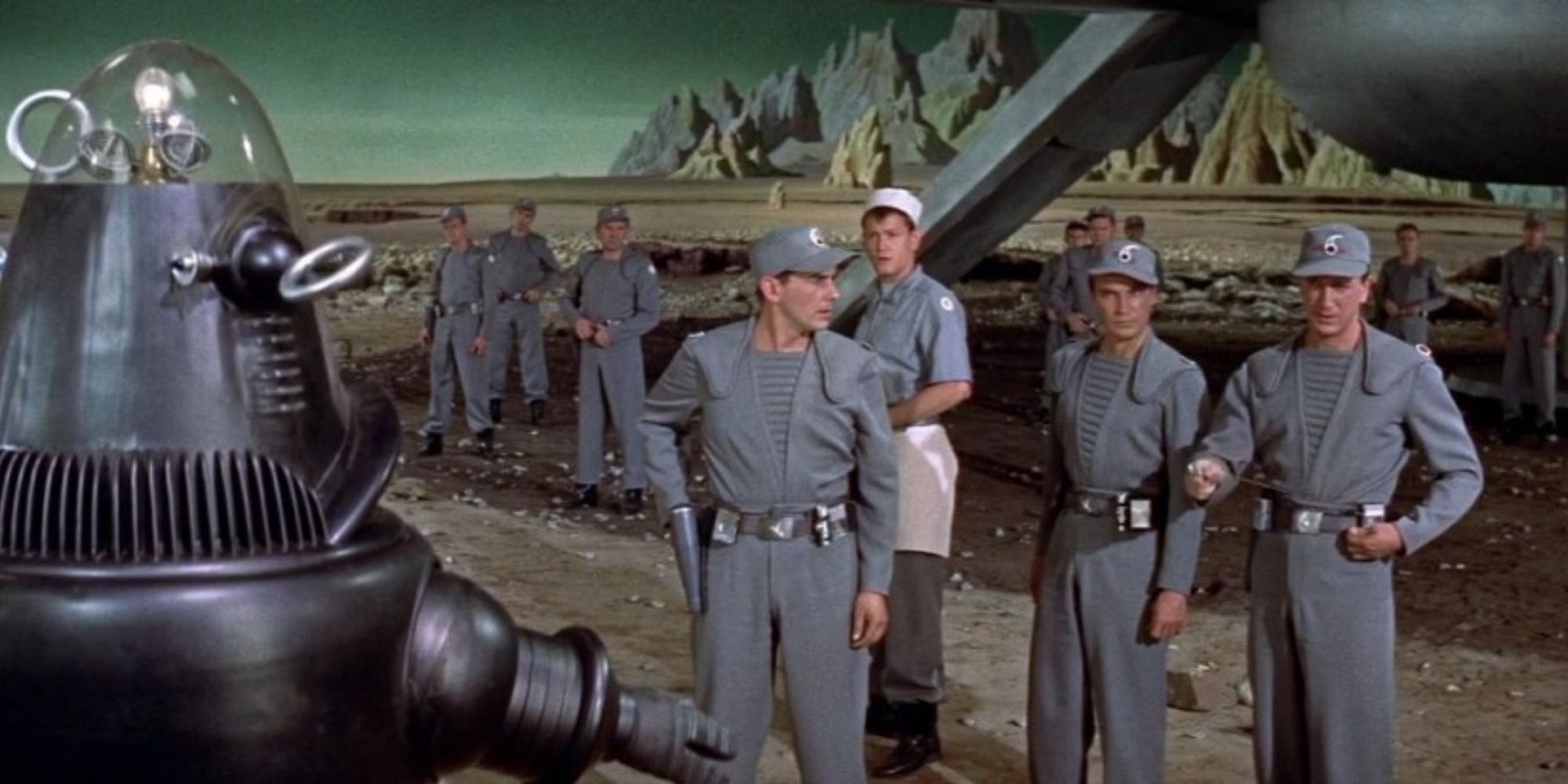With constantly evolving technology, science-fiction films tend to age rapidly. What was once groundbreaking special effects soon become outdated with new innovations in technology, production, and CGI. Despite the technological advances, it’s the themes of science-fiction that withstand the test of time and play to our fears of the future. 1950s sci-fi films produced at the height of the Cold War tackle themes that still remain relevant today.
The sci-fi genre is one of the most innovative film genres. Often serving as a useful means for discussing sensitive issues, the genre provides thoughtful social commentary on the issues that plague humanity. Although the thematic concerns of the genre often illustrate the particular concerns of the time, many of these films tap into matters concerning the universal human condition, allowing them to transcend the era in which they were produced.
When Worlds Collide (1951)
When an astronomer makes the horrifying discovery that a distant star is hurtling its way towards Earth, the United Nations is alerted more than eight months before the predicted collision. However, despite the evidence provided, the scientists struggle to convince humanity of the weight of the threat, with many groups calling it a mere conspiracy theory.
Seventy years before Adam McKay’s 2021 film Don’t Look Up, Rudolph Maté’s When Worlds Collide is an early example of how humanity reacts to the threat of extinction. With a rocket constructed to transport the select few to safety, the film sees humanity fight among themselves as well as time. In the modern age of “fake news,” When Worlds Collide remains relevant by emphasizing the dangers of failing to heed the warnings of scientists and humanity's own self-destructive tendencies.
On The Beach (1959)
Stanley Kramer’s post-apocalyptic sci-fi film On The Beach is based on Nevil Schute’s 1957 novel of the same name. Following the survivors from the aftermath of a nuclear war that impacted the Northern Hemisphere, Australia is the only place on Earth to have evaded the direct impact of World War III. As time goes on, the ramifications of global annihilation soon find their way to the last refuge on Earth.
On The Beach posits a post-apocalyptic world that reveals the global impact of threats to humanity. While the fictional World War III in the film was only between two unnamed countries, it’s undeniable that such a catastrophe had repercussions on the rest of the world. With its horror undertones and danger on a global scale, On The Beach remains relevant today by reinforcing the role each of us plays on this planet.
Creature From The Black Lagoon (1954)
When scientists on an expedition searching for fossils along the Amazon River discover a prehistoric Gill-Man lurking in the depths, the monster’s immensely strong and destructive behaviors prompt the scientists to capture the creature. When the mysterious creature not only breaks free but also kidnaps the beautiful Kay (Julie Adams) after falling deeply in love with her, it becomes apparent that this creature may not be as monstrous as first perceived.
Over sixty years before Guillermo del Toro’s 2017 romantic fantasy film The Shape of Water, Jack Arnold’s Creature From the Black Lagoon revealed an empathetic monster that was very uncommon for the Hollywood era. After his home is intruded upon by humans, the Gill-man becomes a creature worthy of our sympathies and poses the question as to who the real monster is.
Them! (1954)
Being the first big bug feature film that uses insects as the monster, Gordon Douglas’ 1954 film Them! shows the results of nuclear testing that spawns gigantic and ferocious mutant ants. As entomologists join forces with the US Army to exterminate the gargantuan critters, the increasingly growing scale of the threat becomes a moral tale asking how this could have all been prevented.
Although the practical effects appear outdated today, Them! remains relevant by showing the ramifications of when a seemingly small issue grows out of proportion and threatens the very extinction of humanity.
The Fly (1958)
During an investigation into the bizarre death of Canadian scientist André Delambre (Al Hedison) that saw his head and arm crushed in a hydraulic press, his wife Hélène (Patricia Owens) confesses to the crime. However, there is more to this murder mystery than meets the eye. While experimenting with molecular transportation, it’s revealed that a small fly flew into the chamber along with André, resulting in their atoms combining.
Long before David Cronenberg’s 1986 remake, Kurt Neumann’s original adaptation of George Langelaan’s short story brings the horrors of scientific advancement to the big screen. The Fly not only questions the dangers of toying with technology but furthermore questions the meaning of life if an essential part of one’s humanity was taken away.
The Wasp Woman (1959)
Desperate to hold onto the beauty of her youth, the head of a major cosmetics company Janice Starlin (Susan Cabot) experiments by injecting herself with the enzymes extracted from queen wasps that are capable of reversing the aging process. However, her drastically youthful appearance comes with monstrous side effects.
Roger Corman’s The Wasp Woman was far ahead of its time in critiquing the dangers of the beauty industry and the harsh chemicals often used. Exposing the high standards placed on women to look beautiful and cover the signs of aging at all costs, The Wasp Woman is a cautionary tale of the price of beauty.
Attack of the 50-Foot Woman (1958)
Enduring her life as an abused socialite with an unfaithful husband, Nancy’s (Alison Hayes) troubles grow in size after an alien encounter that causes her to grow 50 feet tall. Unable to consolidate the marriage with her philandering husband, the troubled woman wreaks havoc on the city and ultimately resorts to using her amassed size to her strength by seeking revenge on the man who caused her so much pain.
Nathan H. Juran’s Attack of the 50-Foot Woman portrayed a mistreated woman who despite her monstrous acts earns the audience’s sympathies. Just like the Gill-Man in Creature from the Black Lagoon, the real monster is called into question. Nancy isn’t nearly as monstrous as her husband whose abuse she endured, and her desire for love appeals to the universal human condition.
The Day the Earth Stood Still (1951)
When a spacecraft lands in Washington D.C. the world is spellbound by its mystery and out emerges a humanoid alien named Klaatu (Michael Rennie) and a robot named Gort, who have arrived to deliver his message of peace and goodwill. However, due to tensions during the Cold War era, Klaatu is told he is unable to deliver his message to all the world leaders.
After being fatally wounded Klaatu and Gort depart the Earth but not before imparting their final message to humanity; "Your choice is simple: join us and live in peace, or pursue your present course and face obliteration. We shall be waiting for your answer." While many science-fiction films portray the threat of alien invaders, Robert Wise’s The Day the Earth Stood Still offers a more nuanced take on the trope by revealing that sometimes the true threat to humanity is itself.
Forbidden Planet (1956)
Set in the 23rd century, a starship sent from Earth arrives at a distant planet Altair IV to investigate the fate of the crew from an expedition 20 years ago. Faced with a warning from the expedition’s sole survivor, Dr. Edward Morbius (Walter Pidegeon), the crew must pry into the mysteries of the planet and its enigmatic inhabitant.
While most sci-fi stories of the 1950s focused on aliens coming to Earth, Fred M Wilcox’s Forbidden Planet dared to seek adventure beyond the stars, becoming the first sci-fi film to depict humans traveling on a faster-than-light spaceship of their own creation, as well as the first to be set on an entirely different planet in interstellar space. The concluding message of the film that despite all of humanity's technological advancements, they are not Gods, grounds this classic sci-fi film in its own humanity with a message that is poignant in today’s contemporary era, now more than ever.

